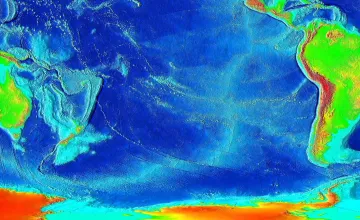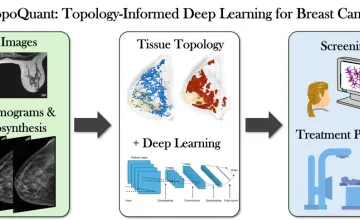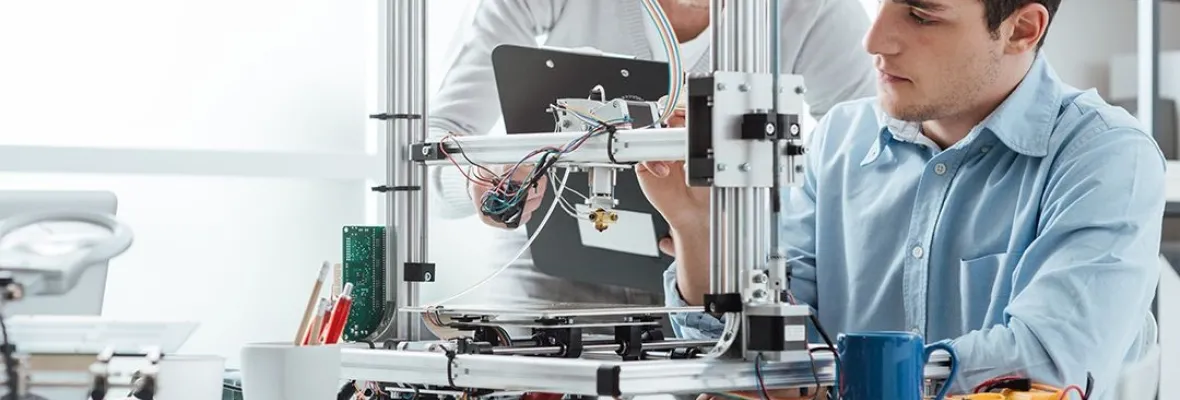AAU universities conduct a majority of the federally funded university research that contributes to our economic competitiveness, health and well-being, and national security. AAU universities are growing our economy through invention and innovation while preparing the next generation of scientists and engineers for global leadership. By moving research into the marketplace AAU universities are helping to create jobs, and provide society with new medicines and technologies.

UMD geologists uncovered evidence of a section of seafloor that sank into the Earth's mantle when dinosaurs roamed the Earth; it's located off the west coast of South America in a zone known as the East Pacific Rise.

Novel research supported by NCI could lead to more specific predictive disease models

A new University of Kansas study reveals parents seeking health care information for their children trust AI more than health care professionals when the author is unknown, and parents rate AI generated text as credible, moral and trustworthy.

Hypertension and amyloid plaques can separately cause dementia. Having both increases a person’s odds of developing cognitive decline, a new study finds
Explore More: University Research
You can filter stories by the university.
Women with increased levels of cadmium — a metal commonly found in foods such as kidneys, liver and shellfish as well as tobacco - may have a greater risk for endometrial cancer, according to a new University of Missouri study.
A new Brown University study of a population of 1.3 million people in Ohio and Kentucky finds that the rate at which strokes occur has dropped significantly for men in recent years, but not for women.
Stanford University engineers have developed smart windows that can switch from transparent to opaque in under a minute, a significant improvement over current technology.
The discovery in Kenya of a remarkably complete fossil ape skull reveals what the common ancestor of all living apes and humans may have looked like.
As public health officials combat the opioid overdose epidemic, a study shows that drug manufacturers paid more than $46 million to more than 68,000 doctors over a 29-month period.
